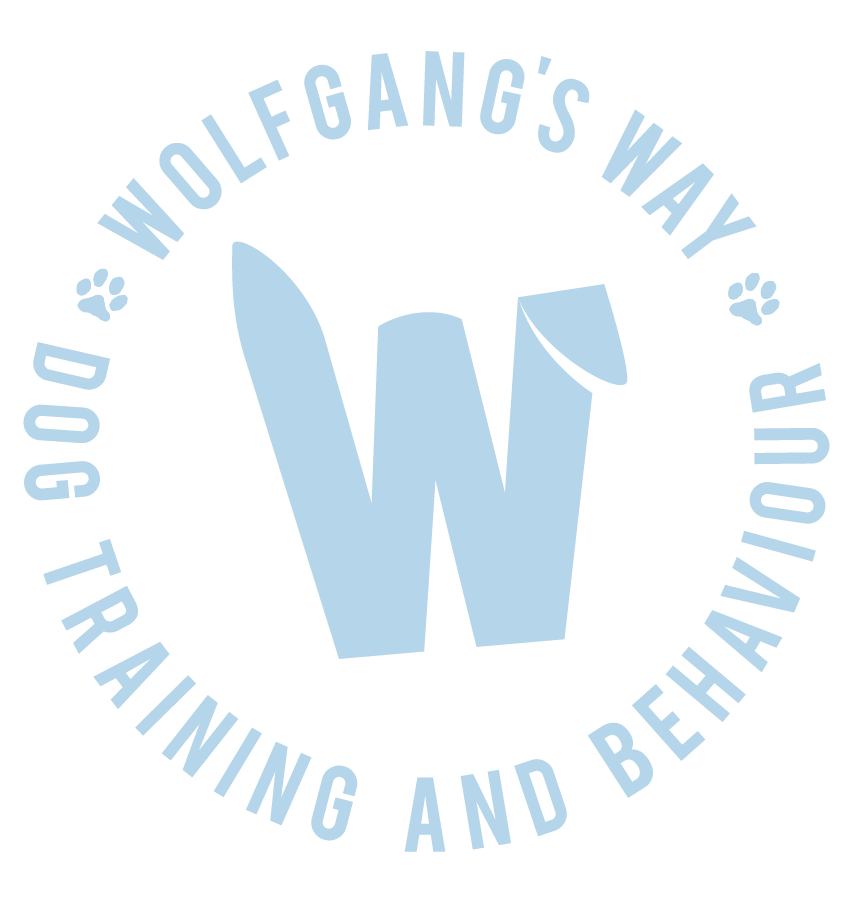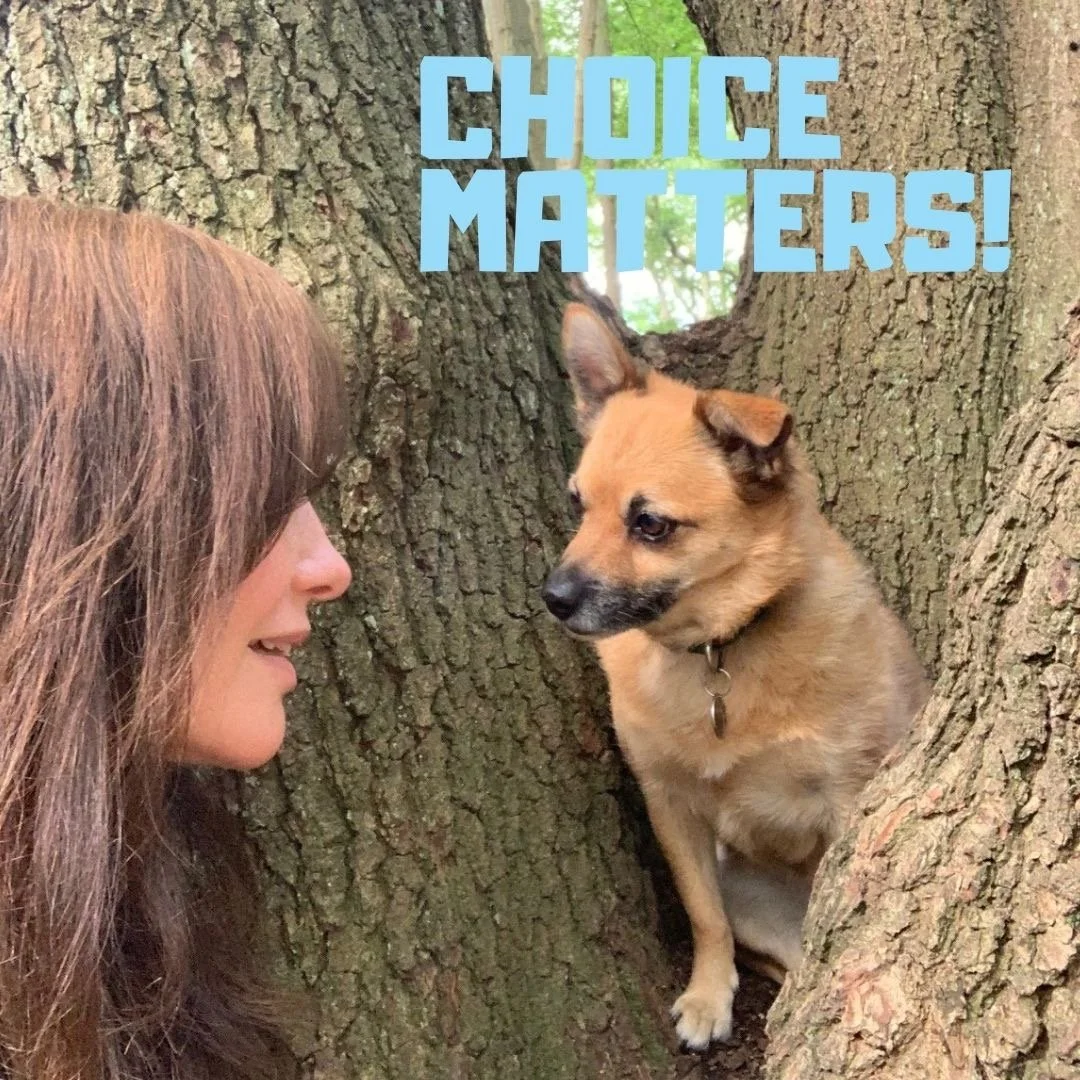Let’s face it, our dogs have very little choice and control over their day to day existence. They have no say over when they want to eat (or how much!!) or how much time to spend in the park. Whether they actually want that stranger to pat them on the head (while they can’t get away ‘cause there’s that thing called a lead that renders them stationary) or if this really is the ideal time to go to bed.
So whereas there are some things that we of course do no need to decide and manage on their behalf, in order to ensure they stay safe and healthy, providing choice for your dog wherever possible will make a huge difference to their overall wellbeing and will certainly improve the relationship you have with your furry friend.
Choice as well as being able to predict what happens next, whether that is via a routine or offering choice, make dogs feel safe. And feeling safe means less stress and more contentment; resulting in a confident, healthy and happy dog. What’s not to love?
And yes there will be those people to whom empowering our dogs can be a scary proposition, so hear me out first; let’s teach our dogs how to navigate our human world, giving them the right tools to make good choices. So they don’t have to be in a constant state of avoidance and instead know how to use their behaviours to meet their needs in a way that is acceptable to both the human and the canine part of the relationship.
A very important first step is to learn to talk dog. Yep, if you want your furry friend to understand your lingo you better make sure you understand theirs. Being able to read your dog’s body language, spotting early signs of stress as well as knowing when he or she is happy and relaxed is crucial.
let your dog know what happens next, so they can ready themselves, or say ‘no’
I have a cue for her when I have to pick her up, i.e. when I lift her into the car. When I say the cue and reach for her and she moves away or rolls onto her back, she says ‘no’, and I don’t pick her up. I wait, then ask again. Mostly she’s happy to push herself up into my hands first time round (all prepared for lift off).
learn to talk dog
I think it’s important to see if your dog actually wants to be petted, handled, cuddled. So I have a variety of cues that tell my little lady what I’m asking of her. For example when I ask her to ‘hug’ and she turns her head away, she says ‘no’ though if she looks right at me with a relaxed face, she says ‘all right, come on in you needy human’.
sharing is caring, for your dog
We also share food a lot, but she never begs. She’s learned the behaviour that maintaining a nonchalant ‘I shall ignore you until you offer me a little something’ approach gets her some very good results.
So let’s work on switching the traditional mindset of ‘obedience’, which generally means behaviour reduction, to that of focusing on the wellbeing of our best friends. Learning to understand them and teaching those wonderful creatures a plethora of behaviours that they can use to communicate with us instead.


